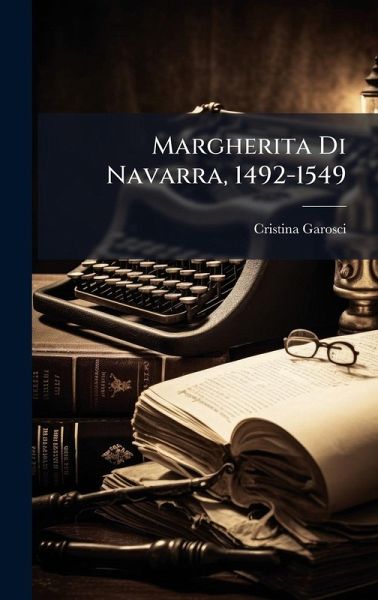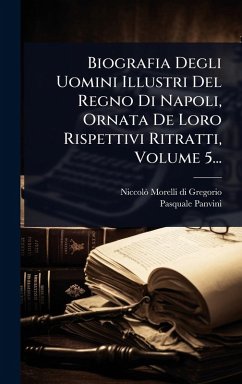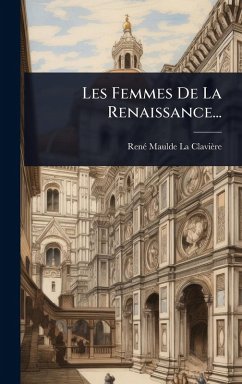
Margherita Di Navarra, 1492-1549
Versandkostenfrei!
Versandfertig in über 4 Wochen
27,99 €
inkl. MwSt.
Weitere Ausgaben:

PAYBACK Punkte
14 °P sammeln!
Questa biografia approfondisce la vita di Margherita di Navarra, figura emblematica del Rinascimento francese. Nata nel 1492 e scomparsa nel 1549, Margherita fu sorella di Francesco I e nonna di Enrico IV, ma soprattutto una donna di grande cultura e influenza. Il libro esplora il suo ruolo di protettrice delle arti e delle lettere, la sua profonda spiritualità e il suo impegno nella riforma religiosa. Attraverso un'analisi accurata delle sue opere, come l'"Heptameron", e della sua corrispondenza, Cristina Garosci ricostruisce il ritratto di una donna complessa e affascinante, capace di lasci...
Questa biografia approfondisce la vita di Margherita di Navarra, figura emblematica del Rinascimento francese. Nata nel 1492 e scomparsa nel 1549, Margherita fu sorella di Francesco I e nonna di Enrico IV, ma soprattutto una donna di grande cultura e influenza. Il libro esplora il suo ruolo di protettrice delle arti e delle lettere, la sua profonda spiritualità e il suo impegno nella riforma religiosa. Attraverso un'analisi accurata delle sue opere, come l'"Heptameron", e della sua corrispondenza, Cristina Garosci ricostruisce il ritratto di una donna complessa e affascinante, capace di lasciare un segno indelebile nella storia del suo tempo. This work has been selected by scholars as being culturally important, and is part of the knowledge base of civilization as we know it. This work was reproduced from the original artifact, and remains as true to the original work as possible. Therefore, you will see the original copyright references, library stamps (as most of these works have been housed in our most important libraries around the world), and other notations in the work. This work is in the public domain in the United States of America, and possibly other nations. Within the United States, you may freely copy and distribute this work, as no entity (individual or corporate) has a copyright on the body of the work. As a reproduction of a historical artifact, this work may contain missing or blurred pages, poor pictures, errant marks, etc. Scholars believe, and we concur, that this work is important enough to be preserved, reproduced, and made generally available to the public. We appreciate your support of the preservation process, and thank you for being an important part of keeping this knowledge alive and relevant.











